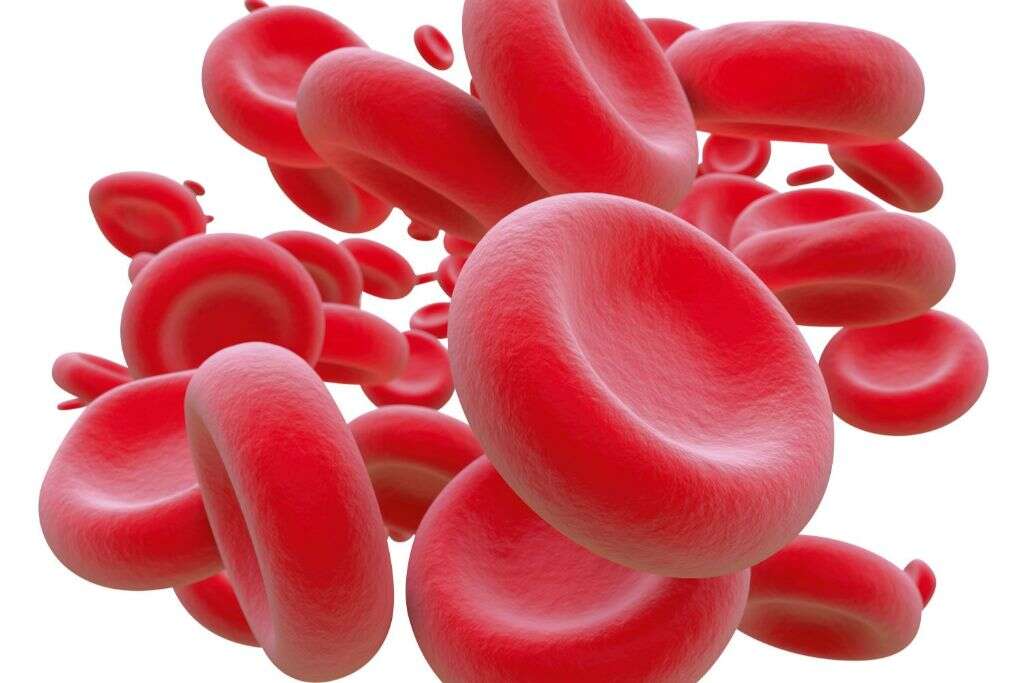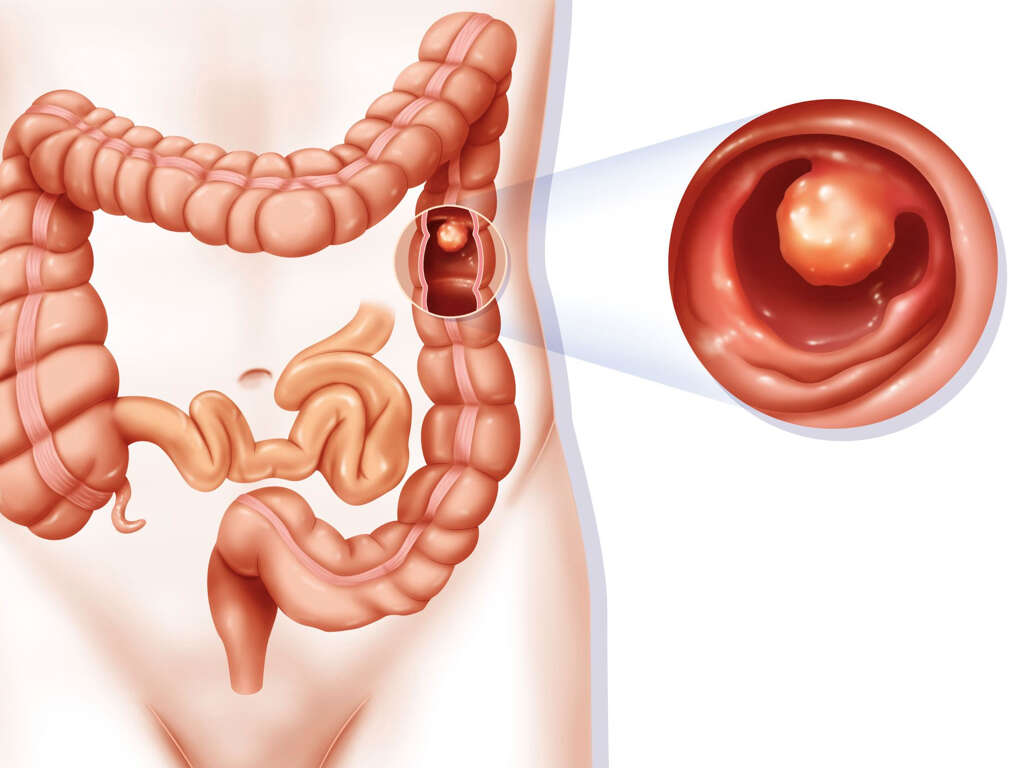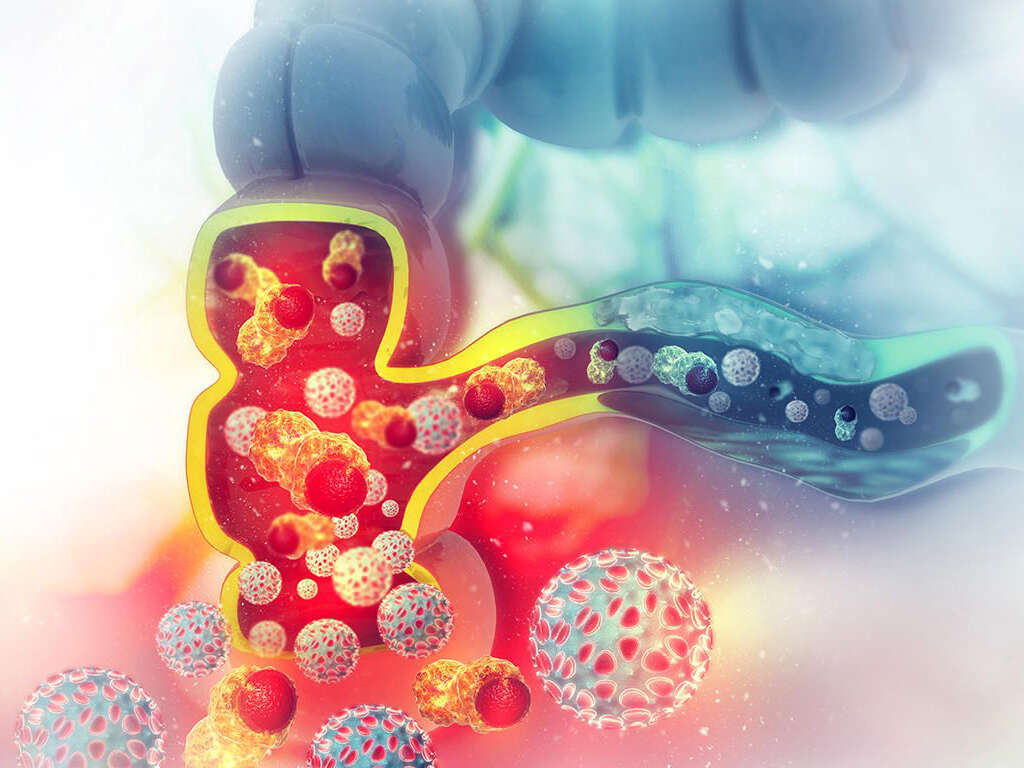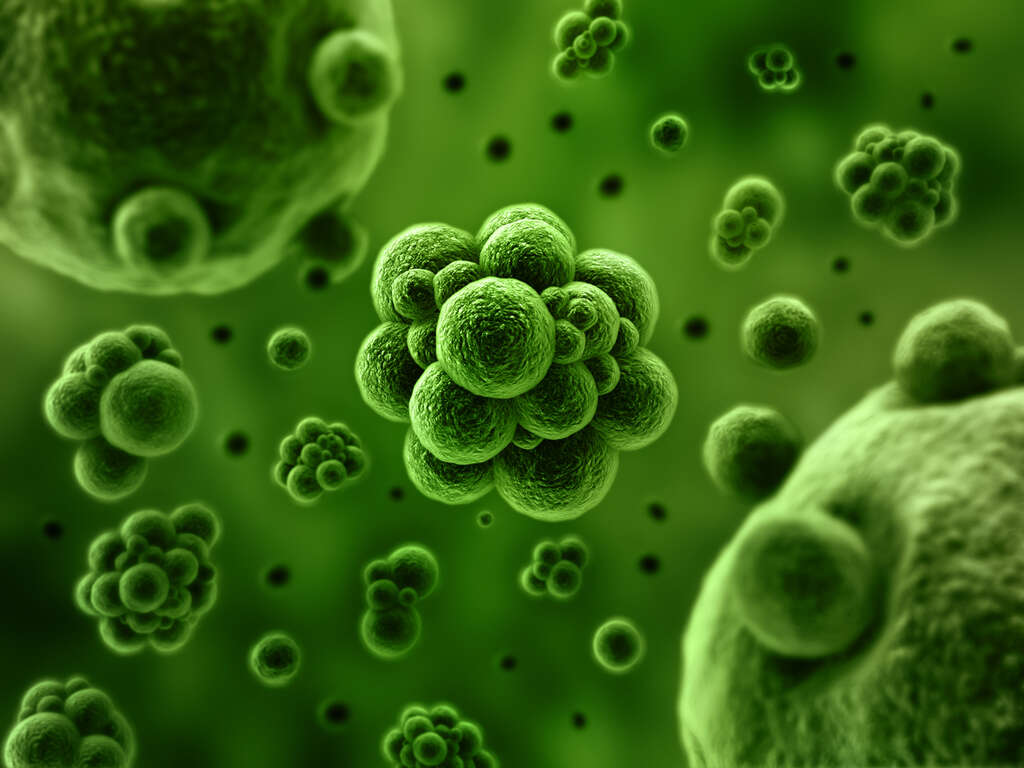10 Bone Marrow Cancer Symptoms
The bone marrow is a tissue found within the cancellous or spongy portions of the bone. In mammals and birds, the bone marrow is the main site where hematopoiesis or new blood production happens. The bone marrow consists of hematopoietic cells, supportive stromal cells, and marrow adipose tissue. In humans, the bone marrow can mainly be found in the flat bones: ribs, sternum, vertebrae, and pelvic bones.
On average, the bone marrow accounts for 4 percent of total body mass. It is responsible for the production of about 500 billion blood cells a day. These new blood cells join the systemic circulation through the vasculature sinusoids that are permeable, located in the medullary cavity. Both the lymphoid and myeloid lineages of blood cells are produced in the bone marrow. However, the lymphoid cells will migrate to other organs such as the thymus to mature completely.
In severe diseases of the bone marrow such as leukemia, bone marrow transplants can be conducted as part of the treatment. There are several types of bone marrow cancer that are categorized depending on the type of cell affected, and other factors. Bone marrow cancer includes several types of leukemia and multiple myeloma. When it affects the plasma cells, it results in multiple myeloma. Plasma cells are produced by the immune system to make special proteins, known as antibodies, to fight off disease. On the other hand, leukemia refers to the malignant proliferation of immature white blood cells (of myeloid or lymphoid lineages) known as blasts, resulting in their accumulation in the bone marrow and the alteration of hematopoiesis. Conversely, lymphomas are a proliferation of lymphoid cells that usually form a mass. These may arise in a lymph node or extranodal tissue. This article looks at 10 bone marrow cancer symptoms.

Symptom #1: Fatigue
Fatigue is a sensation of excessive tiredness that can be present in many conditions. In some types of leukemia, it can be a symptom of anemia due to bone marrow failure. Remember that leukemia is caused by an excessive proliferation of immature or precursor blood cells in the bone marrow. Thus, hematopoiesis or the production of cells red blood cells by the bone marrow can be affected. Also, in multiple myeloma bone marrow infiltration by abnormal plasma cells can result in anemia.

Symptom #2: Weight Loss
Weight loss is a term referring to loss of total body mass due to loss of fluid, adipose tissue, muscle, or bone mineral deposits.
Weight loss that occurs unintentionally can have many causes. Cancer is an extremely common cause of unintentional weight loss. Weight loss is one of the constitutional symptoms often seen among patients with cancer. Other constitutional symptoms include decreased appetite, chills, and night sweats.

Symptom #3: Decreased Appetite
Decreased appetite or anorexia can occur due to various causes. While some of the causes may be harmless, there are also some that can pose a significant risk. For example, in an infection, decreased appetite can be due to the acute phase response to the infection. The response is triggered by components from bacteria or viruses, which results in the production of proinflammatory cytokines.
Appetite changes are common among patients with cancer. Some other causes of appetite loss in cancer patients are enlargement of organs, which creates a sensation of fullness. Patients receiving certain treatment such as chemotherapy and radiation can also be affected.

Symptom #4: Pallor
Pallor is a pale color of the skin (i.e. palms and soles) or mucous membranes (i.e. mouth or the white part of the eye). It constitutes an important physical finding in patients with anemia, regardless of the cause. However, it can also be observed in many other conditions.
Anemia is a condition in which there is a lack of healthy red blood cells to carry oxygen to your tissues. Hence, there is poor tissue oxygenation in this condition. Oxygenated blood is precious, thus it is shunted away from the skin and other peripheral tissues, to permit enhanced blood blow to vital organs. This gives rise to pallor in bone marrow cancer patients with anemia.

Symptom #5: Bone Pain
Bone pain refers to pain that originates from the bone. In bone marrow cancer it can be severe and debilitating. In multiple myeloma (MM) bone pain is the most common symptom at presentation and it is reported by roughly two-thirds of MM patients. The excessive proliferation of plasma cells in MM leads to bone destruction and subsequent replacement of its structure with the tumor. This process may cause bone pain, pathologic fractures, and spinal cord compression. Bone pain in these patients is frequently located in the lower back, long bones, pelvis, and/or skull.
On the other hand, bone pain can also occur in some types of leukemia. The accumulation of abnormal white cells in the bone marrow can lead to its expansion, manifesting as bone pain (long bones). This manifestation is common in acute lymphoblastic leukemia, where roughly twenty-five percent of patients report bone pain at the onset.

Symptom #6: Decreased urinary output
Acute renal failure is one of the complications that may occur in multiple myeloma. However, the cause is often multifactorial. The most common cause of kidney damage in MM is the high excretion of immunoglobulin free light chains. Abnormal plasma cells in MM do not make normal antibodies anymore, but instead, they make too much of one kind of protein (i.e. immunoglobulin free light chains) that ends up floating in the bloodstream of the patient. This blood is filtered by the kidney (glomeruli) and enters structures known as renal tubules. Thus, these abnormal proteins bind another type of protein in the urine (Tamm Horsfall), resulting in the formation of large casts that block the tubules and cause an inflammatory reaction in the surrounding renal tissue. This process results in kidney damage (myeloma kidney) and can result in renal failure.
Common signs and symptoms of acute renal failure include decreased urinary output, swelling in the lower extremity (feet, ankle, leg, nausea, fatigue, and shortness of breath.

Symptom #7: Fever
In bone marrow cancer, the immune system becomes weaker making the individual more susceptible to various infections. In certain types of leukemia, patients can present with fever even without a documented infection. In Acute Myeloid Leukemia (AML), patients with the lowest count of neutrophils (immune cells that fight infections) are at the highest risk for infection. Also, medications used to treat AML can momentarily weaken the immune system.
Patients with MM, are also susceptible to infections due to a decreased number of white blood cells (leukopenia) in their bloodstream and an abnormal humoral immunity (i.e. antibodies). These infections are usually caused by Streptococcus pneumoniae, Herpes zoster (shingles), and Haemophilus influenzae.

Symptom #8: Bruising
When there is cancer of the bone marrow, there is damage to the bone marrow, which results in a lack of platelets. Platelets are crucial in the blood clotting process. The platelet deficiency will lead to easy bruising, excessive bleeding, and issues such as petechiae, purpura, and ecchymoses.
Petechiae are spots that are smaller than 3 mm, purpura ranges from 3 mm to 10 mm, while ecchymoses are spots that are larger than 1 cm. The small spots are due to tiny broken capillaries, which may occur even with small bumps or knocks.

Symptom #9: Bleeding gums
As mentioned earlier, patients with leukemia can have a low platelet count, also known as thrombocytopenia, along with other clotting complications (i.e. disseminated intravascular coagulation). This can present as bleeding through many sites, including the gums, lungs, gastrointestinal tract, and central nervous system.
Patients with MM can also exhibit thrombocytopenia, leading to an increase in bleeding and bruising.

Symptom #10: Tingling or numbness
Damage to the nerves that make up the peripheral nervous system can result in peripheral neuropathy. These nerves transmit information from the brain and spinal cord to every other part of the body. Bone marrow cancer (i.e. multiple myeloma), or even its treatments, can damage these nerves, causing signs and symptoms of peripheral neuropathy. However, there other non-malignant causes of this condition (i.e. diabetes mellitus).
Patients with peripheral neuropathy can experience a gradual onset of numbness or tingling in their extremities, most commonly in their feet or hands. Other symptoms and signs include throbbing or burning pain in the affected areas, oversensitivity to touch, muscle weakness, lack of coordination, reduced sensation of touch, and more.










